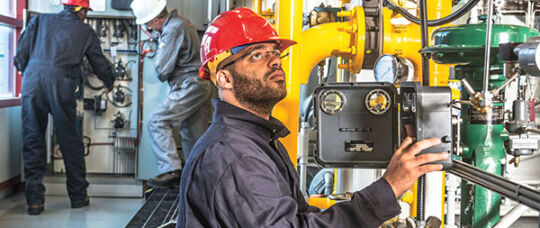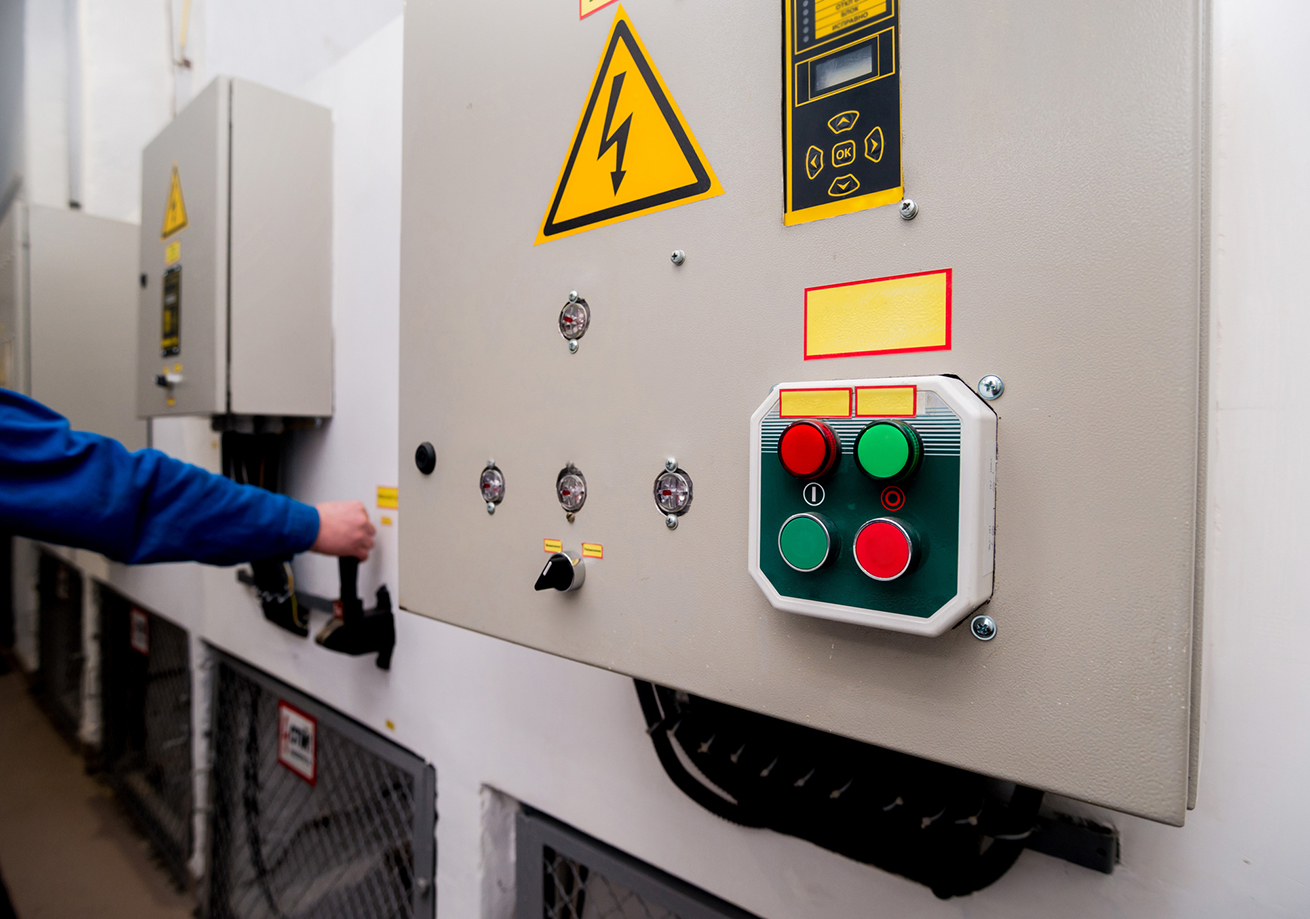The Best Guide To Roar Solutions
The Best Guide To Roar Solutions
Blog Article
All about Roar Solutions
Table of ContentsNot known Incorrect Statements About Roar Solutions The 4-Minute Rule for Roar SolutionsNot known Details About Roar Solutions
In order to safeguard installments from a possible surge a method of evaluating and categorizing a potentially unsafe area is called for. The objective of this is to guarantee the right selection and installation of devices to ultimately stop a surge and to ensure safety of life.
(https://sketchfab.com/roarsolutions)
No equipment must be mounted where the surface area temperature of the devices is above the ignition temperature of the given hazard. Below are some common dust dangerous and their minimal ignition temperature. Coal Dust 380C 225C Polythene 420C (melts) Methyl Cellulose 420C 320C Starch 460C 435C Flour 490C 340C Sugar 490C 460C Grain Dust 510C 300C Phenolic Resin 530C > 450C Aluminium 590C > 450C PVC 700C > 450C Soot 810C 570C The possibility of the danger being existing in a concentration high adequate to trigger an ignition will vary from location to place.
In order to categorize this danger an installment is separated right into areas of threat relying on the amount of time the unsafe exists. These areas are described as Zones. For gases and vapours and dirts and fibres there are three areas. Area 0 Area 20 A dangerous environment is highly most likely to be existing and may be present for extended periods of time (> 1000 hours per year) or perhaps constantly Zone 1 Zone 21 A dangerous ambience is feasible however not likely to be existing for long durations of time (> 10 450 C [842 F] A classification of T6 implies the minimum ignition temperature level is > 85 C [185 F] Hazardous location electric equipment maybe designed for usage in greater ambient temperatures. This would certainly showed on the ranking plate e.g. EExe II C T3 Ta + 60C( This indicates at 60C ambient T3 will not be gone beyond) T1 T1, T2, T3, T4, T5, T6 T2 T2, T3, T4, T5, T6 T3 T3, T4, T5, T6 T4 T4, T5, T6 T5 T5, T6 T6 T6 A T Course rating of T1 suggests the maximum surface area temperature level produced by the instrument at 40 C is 450 C. Presuming the linked T Course and Temperature ranking for the tools are suitable for the area, you can always make use of a tool with a more rigorous Department ranking than required for the location. There isn't a clear solution to this concern unfortunately. It really does rely on the sort of equipment and what fixings require to be performed. Tools with certain test treatments that can't be performed in the area in order to achieve/maintain 3rd party ranking. Need to return to the factory if it is before the equipment's service. Field Repair Service By Authorised Worker: Difficult screening might not be called for nevertheless particular treatments might need to be complied with in order for the tools to preserve its 3rd party score. Authorised employees must be employed to do the job appropriately Fixing must be a like for like replacement. New element must be thought about as a straight substitute requiring no special screening of the devices after the repair is total. Each tool with a hazardous ranking need to be examined individually. These are laid out at a high degree below, but also for even more detailed details, please refer straight to the standards.
Examine This Report on Roar Solutions
The devices register is an extensive data source of tools documents that includes a minimum collection of fields to identify each thing's area, technological specifications, Ex-spouse category, age, and environmental data. The ratio of Detailed to Shut examinations will be determined by the Tools Danger, which is evaluated based on ignition risk (the probability of a resource of ignition versus the probability of a flammable ambience )and the harmful area category
( Zone 0, 1, or 2). Applying a robust Risk-Based Evaluation( RBI )technique is essential for ensuring conformity and safety in taking care of Electrical Devices in Hazardous Areas( EEHA).
The Single Strategy To Use For Roar Solutions

In terms of explosive threat, a harmful location is an environment in which an eruptive environment exists (or might be expected to be existing) in quantities that call for unique precautions for the building, installment and use of equipment. eeha certificate. In this article we discover the challenges faced in the office, the danger control actions, and the required competencies to work safely
It issues of modern-day life that we manufacture, save or handle a variety of gases or liquids that are deemed combustible, and a series of dusts that are deemed flammable. These materials can, in specific problems, form eruptive atmospheres and these can have major and unfortunate consequences. The majority of us know with the fire triangular remove any type of among the three elements and the fire can not take place, but what does this mean in the context of dangerous locations? When breaking this down into its simplest terms it is essentially: a mix of a certain quantity of release or leakage of a specific compound or material, combining with ambient oxygen, and the visibility of a source of ignition.
In a lot of circumstances, we can do little regarding the levels of oxygen in the air, but we can have substantial influence on resources of ignition, for instance electrical devices. Unsafe areas are documented on the hazardous location category drawing and are recognized on-site by the triangular "EX-SPOUSE" indicator. Right here, among other essential information, areas are divided right into 3 types depending on the risk, the possibility and duration that an explosive atmosphere will exist; Zone 0 or 20 is regarded one Recommended Site of the most harmful and Zone 2 or 22 is deemed the least.
Report this page